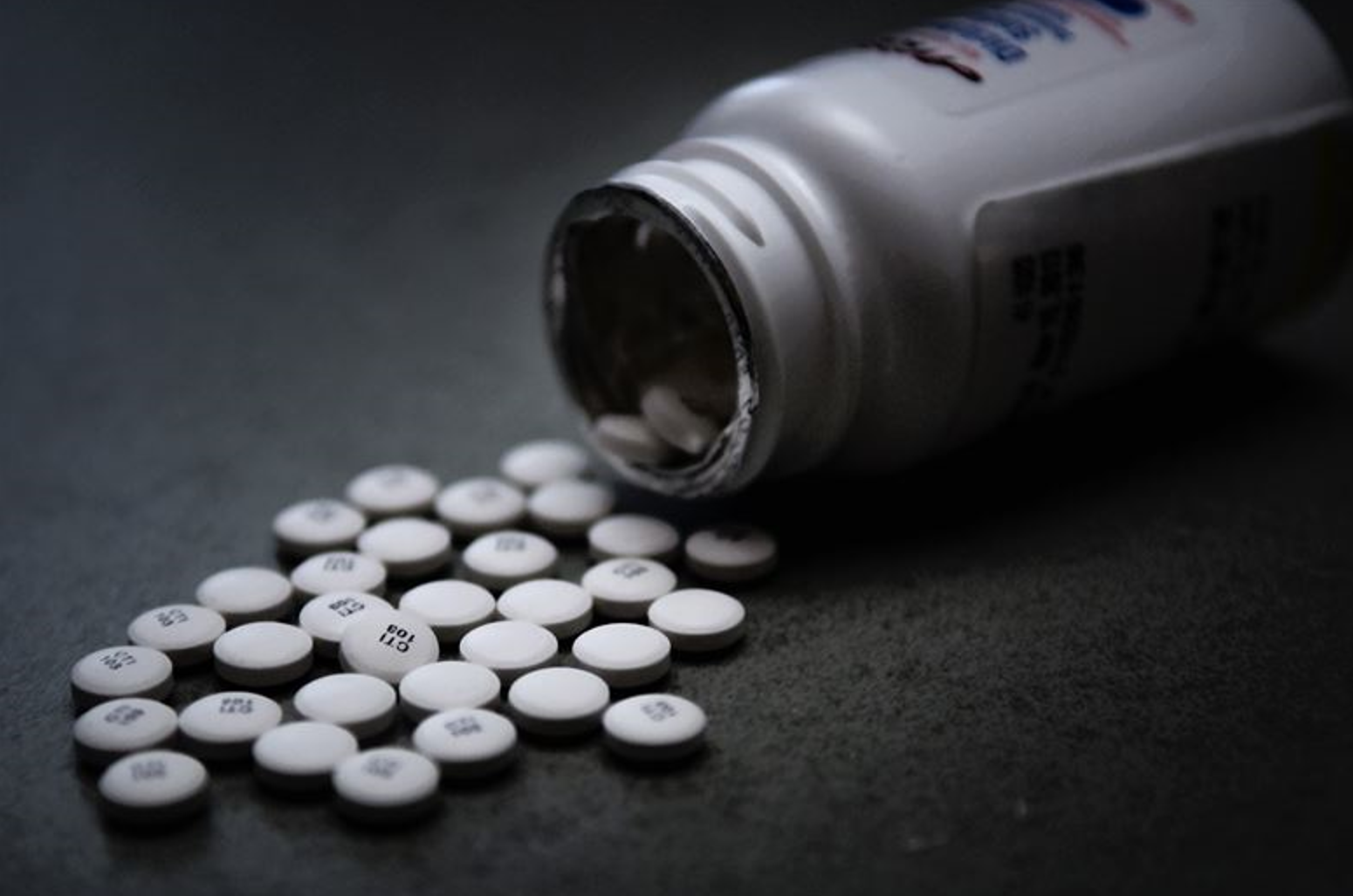When people think about barriers to treatment and recovery for opioid addicts, they often consider lack of narcan, emergency services, or first responders. But there is actually something much more insidious that is stopping opiate addicts from getting treatment. And it’s stigma.
Despite evidence that verifies addiction as a disease, addiction policy and treatment keeps getting formed on the basis of emotion, which quite often begets stigma.
So what exactly does stigma influence? Well, many point to it as the leading cause behind lack of support for opioid addiction medications, restorting to the criminal system to help addicts, closing down needle exchange programs and more. And of course, it has permeated to the governmental level. Many members of Congress are afraid to approve the money that experts have again and again proven is necessary to combat the opioid crisis effectively.
The medical director at the Massachusetts General Hospital Substance Use Disorder Initiative, Sarah Wakeman, summarized the current climate by stating, “For 100-plus years as a society, we’ve punished and criminalized people who use drugs.”
Stigma can rear its head in a number of ways. Sometimes, it fosters widely-believed, yet terribly damaging, sentiments- like seeing addicts as moral failures instead of those with a chronic, relapsing disease. Many tell addicts they must hit rock bottom, when rock bottom realistically entails overdose or death for many of the victims of the opioid crisis. Instead of critiquing the treatment addicts are exposed to, many ridicule the addicts themselves for being unable to accept treatment. These are all products of stigma.
But stigma also manifests in serious, effectual ways. Stigma is often pointed to as the cause for lack of acceptance of addiction medications. However, systematic reviews have found that medications like buprenorphine or naloxone cut all-cause mortality among opioid addicts by half or more. Furthermore these drugs are recommended by organizations such as the Centers for Disease Control and Prevention, National Institute on Drug Abuse and World Health Organization.
With any other disease, doctors would automatically prescribe medication as lauded and proven as naloxone and buprenorphine. However, many are wary to because they view it as a “crutch.” This sentiment isn’t only dangerous, it’s deadly- in a 2013 case in New York, Judge Frank Gulotta Jr. refused to let Robert Lepolszki stay on methadone treatment because of personal stigma, and Lepolszki soon overdosed and died. This points back to seeing addiction as a moral issue. Viewing it through that lens often enables those without the ailment to consider an addict weak, even if what they need is life-saving prescription medication.
Stigma is also to blame for lack of needle exchange programs across the country. While needle exchange programs are frequently applauded in the scientific community by Johns Hopkins researchers, the World Health Organization and the CDC alike, state and county officials are often against them. This was the case in Lawrence County, Indiana, where individuals decided to end their local needle exchange program because of well, stigma.
County Commissioner Rodney Fish was quoted saying, “My conclusion was that I could not support this program and be true to my principles and my beliefs.”
Addiction is extremely hard to grapple with, and as is the case with other human conundrums, people grapple with it the ways they know how. Stigma is often simply a defense mechanism to recognizing the full gravity of addiction, or a response to an interaction with an addict or addiction itself. But just as prejudice is learned, it can be unlearned too.
But it’s going to take some time. Bias against addicts isn’t just individual- it’s institutional. As a part of the MAT program (medication assisted treatment), a national survey of corrections staff found both limited use of the program and prejudice against it. One study found that nearly 60% of jail personnel surveyed strongly disagreed with the statement that their tax dollars should support methadone treatment. The same survey found that nearly 55% of jail security personnel agreed with the statement that “people who overdose on heroin get what they deserve.”
So what’s it going to take to change public opinion? Well, a lot of experts agree on a few, straightforward things: more federal funding is needed to get more individuals into treatment, lax access to opioid painkillers needs to be reduced while patients who truly need them should remain able to access them, and harm reduction policies that serve to reduce the damage of opioid (addiction) need to be implemented.
Of course, sometimes, you just want an answer for your family member or loved one. If you or someone you know is struggling with opiate addiction, look no further than opiates.net, your online resource for heroin and opiate detox centers and opioid addiction treatment centers.


